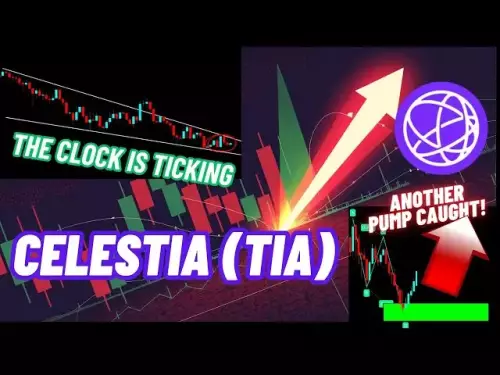-
 Bitcoin
Bitcoin $108800
0.02% -
 Ethereum
Ethereum $4422
-0.75% -
 Tether USDt
Tether USDt $1.000
0.01% -
 XRP
XRP $2.752
-2.79% -
 BNB
BNB $862.7
0.46% -
 Solana
Solana $200.4
-1.60% -
 USDC
USDC $1.000
0.02% -
 Dogecoin
Dogecoin $0.2134
-2.09% -
 TRON
TRON $0.3390
-0.84% -
 Cardano
Cardano $0.8308
0.43% -
 Chainlink
Chainlink $23.30
-1.90% -
 Hyperliquid
Hyperliquid $44.46
-0.49% -
 Ethena USDe
Ethena USDe $1.001
0.00% -
 Sui
Sui $3.232
-2.57% -
 Stellar
Stellar $0.3528
-1.79% -
 Bitcoin Cash
Bitcoin Cash $541.5
-1.81% -
 Avalanche
Avalanche $23.43
-1.86% -
 Cronos
Cronos $0.2767
-6.00% -
 Hedera
Hedera $0.2160
-3.69% -
 UNUS SED LEO
UNUS SED LEO $9.626
0.83% -
 Litecoin
Litecoin $109.4
-1.52% -
 Toncoin
Toncoin $3.133
0.15% -
 Shiba Inu
Shiba Inu $0.00001217
-1.78% -
 Polkadot
Polkadot $3.743
-1.64% -
 Uniswap
Uniswap $9.574
-2.43% -
 Dai
Dai $0.9999
0.00% -
 Bitget Token
Bitget Token $4.526
-1.19% -
 Monero
Monero $265.3
0.26% -
 Aave
Aave $312.9
-2.47% -
 Ethena
Ethena $0.6338
-6.55%
How to find the best coins to stake on Binance?
Maximize staking returns on Binance by diversifying across high-APY coins like ADA, DOT, and SOL, reinvesting rewards, and timing entries around network upgrades for optimal yields.
Aug 31, 2025 at 11:37 pm

Finding High-Yield Staking Coins on Binance
1. Examine the current Annual Percentage Yield (APY) offered by Binance for various staking products. Coins like ADA, DOT, and SOL frequently offer competitive returns, but these rates fluctuate based on market demand and network activity. Filtering by highest APY in the Binance Earn section helps identify top performers at any given moment.
2. Consider the lock-up period associated with each staking option. Flexible staking allows withdrawal at any time but typically offers lower yields. Locked staking, which requires funds to remain deposited for days or weeks, often provides significantly higher rewards. Evaluate your liquidity needs before choosing between these models.
3. Review the underlying blockchain's health and adoption metrics. Coins with strong development teams, active ecosystems, and increasing transaction volume tend to offer more sustainable staking rewards. For example, Ethereum’s transition to proof-of-stake has reinforced confidence in its long-term staking viability.
4. Check for recurring subscription opportunities. Binance often releases new staking pools with limited capacity. Setting alerts or checking the Earn page daily helps capture early access to high-demand assets before slots fill up.
5. Analyze historical staking performance. While past results don’t guarantee future returns, coins that have consistently delivered stable yields over several months may indicate reliable network incentives and lower volatility in reward distribution.
Risks Associated with Staking on Binance
1. Market volatility remains a primary concern. Even if staking rewards are substantial, a sharp decline in the coin’s price can erase gains. For instance, earning 20% APY on a token that drops 40% in value results in a net loss.
2. Smart contract and platform risks exist, especially with newer or less-audited projects. Although Binance conducts due diligence, vulnerabilities in the underlying protocol could affect fund safety or reward distribution.
3. Unbonding periods may restrict access to funds. Some networks require days to unlock staked assets after withdrawal requests. During high market volatility, this delay can prevent timely reactions to price swings.
4. Regulatory uncertainty affects certain staking products. Authorities in some jurisdictions view staking rewards as taxable income or even securities, potentially complicating compliance for users.
5. Reward slashing is rare on Binance but possible in decentralized systems. If a validator node misbehaves, penalties can reduce staking returns. Binance typically absorbs such risks, but transparency about delegation practices is essential.
Strategies to Maximize Staking Returns
1. Diversify across multiple staking assets. Instead of concentrating funds in one coin, spreading investments across ADA, DOT, MATIC, and others reduces exposure to any single network’s performance or price drop.
2. Reinvest rewards automatically when available. Compounding staking rewards increases total holdings over time, amplifying future earnings without additional capital.
3. Monitor promotional campaigns. Binance occasionally runs limited-time events offering boosted APY for specific coins. Participating in these can significantly increase returns for short holding periods.
4. Use time-based analysis to enter staking cycles. Some coins see higher yields immediately after mainnet upgrades or token burns. Tracking network milestones helps time entries for optimal reward rates.
5. Evaluate the circulating supply and inflation model of the staked coin. Networks with controlled inflation and decreasing token supply often maintain stronger value retention, benefiting stakers in the long run.
Common Questions About Staking on Binance
What happens if I unstake before the lock-up ends?With flexible staking, you can unstake anytime without penalty. For locked staking, early redemption is generally not allowed. You must wait until the term expires to access your funds.
Are staking rewards paid daily?Most staking rewards on Binance are distributed daily. The exact timing depends on the network’s block generation cycle and Binance’s processing schedule. Rewards are credited directly to your spot wallet.
Can I stake stablecoins on Binance?Yes, Binance offers staking options for stablecoins like BUSD and USDT through products such as Launchpool or flexible savings. These typically offer lower APY compared to volatile assets but provide capital stability.
Does Binance handle validator operations for staked coins?Yes, Binance manages the technical aspects of staking, including node operation and reward collection. Users participate indirectly by delegating their coins through the platform, eliminating the need for technical setup.
Disclaimer:info@kdj.com
The information provided is not trading advice. kdj.com does not assume any responsibility for any investments made based on the information provided in this article. Cryptocurrencies are highly volatile and it is highly recommended that you invest with caution after thorough research!
If you believe that the content used on this website infringes your copyright, please contact us immediately (info@kdj.com) and we will delete it promptly.
- Memecoins September 2025 Watchlist: What's Hot Now?
- 2025-08-31 23:25:15
- Eric Trump Predicts Bitcoin to $1 Million: Hype or Reality?
- 2025-08-31 23:25:15
- BlockDAG: Redefining Scalability and ROI Potential in 2025
- 2025-08-31 23:05:16
- Ozak AI, Altcoins, and 20x Potential: Navigating the Crypto Landscape
- 2025-09-01 00:05:12
- Bonk Price, Solana Meme Coin, and the Rise of Layer Brett: A New Era?
- 2025-08-31 21:25:12
- ETH Transactions Soar, BTC Whale Shifts Gears: Decoding August's Crypto Charts
- 2025-08-31 21:05:16
Related knowledge

How to create a sub-account on Binance?
Sep 01,2025 at 12:36am
Accessing the Binance Sub-Account Feature1. Log in to your Binance account using your registered email and password. Ensure that two-factor authentica...
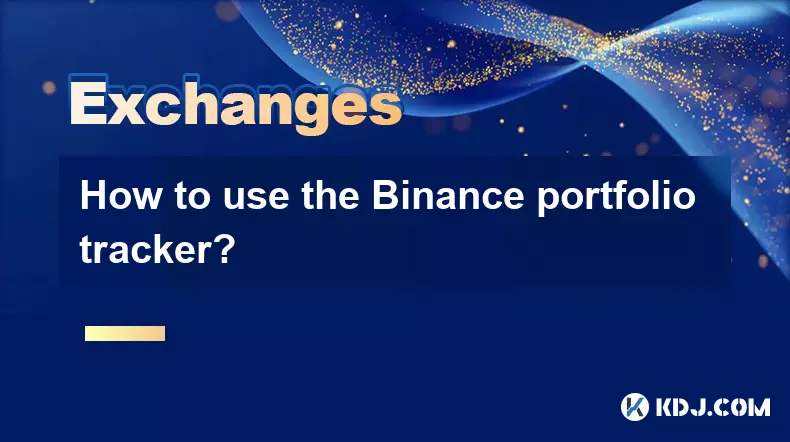
How to use the Binance portfolio tracker?
Sep 01,2025 at 01:00pm
Understanding the Binance Portfolio Tracker1. The Binance portfolio tracker is a powerful tool designed to help users monitor their cryptocurrency inv...
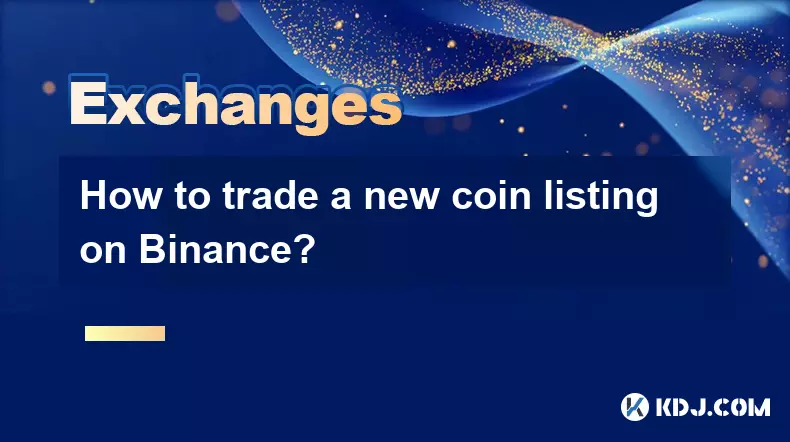
How to trade a new coin listing on Binance?
Aug 29,2025 at 11:14am
Understanding the Pre-Listing Phase1. Research the project thoroughly before any listing announcement. Whitepapers, team backgrounds, and community se...
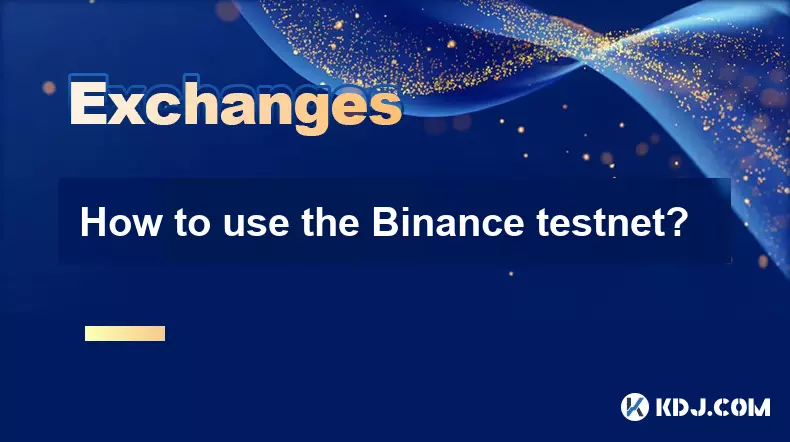
How to use the Binance testnet?
Aug 31,2025 at 02:19am
Understanding the Binance Testnet Environment1. The Binance testnet is a simulated version of the Binance Smart Chain (BSC) that allows developers and...
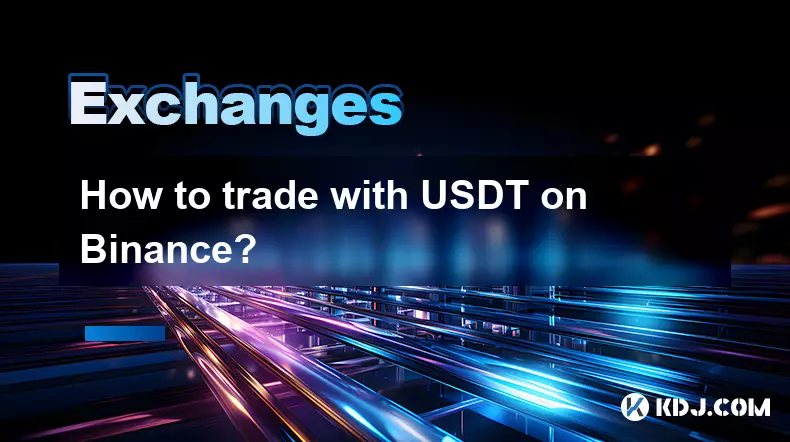
How to trade with USDT on Binance?
Aug 30,2025 at 02:19am
Getting Started with USDT Trading on Binance1. Create and verify your Binance account. Visit the official Binance website and complete the registratio...
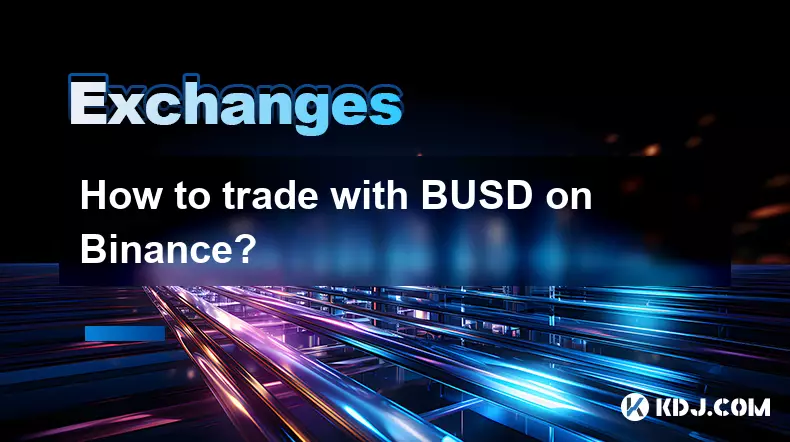
How to trade with BUSD on Binance?
Aug 30,2025 at 07:42am
Understanding BUSD and Its Role in Binance Trading1. BUSD, or Binance USD, is a stablecoin pegged to the value of the U.S. dollar, meaning 1 BUSD is a...

How to create a sub-account on Binance?
Sep 01,2025 at 12:36am
Accessing the Binance Sub-Account Feature1. Log in to your Binance account using your registered email and password. Ensure that two-factor authentica...

How to use the Binance portfolio tracker?
Sep 01,2025 at 01:00pm
Understanding the Binance Portfolio Tracker1. The Binance portfolio tracker is a powerful tool designed to help users monitor their cryptocurrency inv...

How to trade a new coin listing on Binance?
Aug 29,2025 at 11:14am
Understanding the Pre-Listing Phase1. Research the project thoroughly before any listing announcement. Whitepapers, team backgrounds, and community se...

How to use the Binance testnet?
Aug 31,2025 at 02:19am
Understanding the Binance Testnet Environment1. The Binance testnet is a simulated version of the Binance Smart Chain (BSC) that allows developers and...

How to trade with USDT on Binance?
Aug 30,2025 at 02:19am
Getting Started with USDT Trading on Binance1. Create and verify your Binance account. Visit the official Binance website and complete the registratio...

How to trade with BUSD on Binance?
Aug 30,2025 at 07:42am
Understanding BUSD and Its Role in Binance Trading1. BUSD, or Binance USD, is a stablecoin pegged to the value of the U.S. dollar, meaning 1 BUSD is a...
See all articles

























